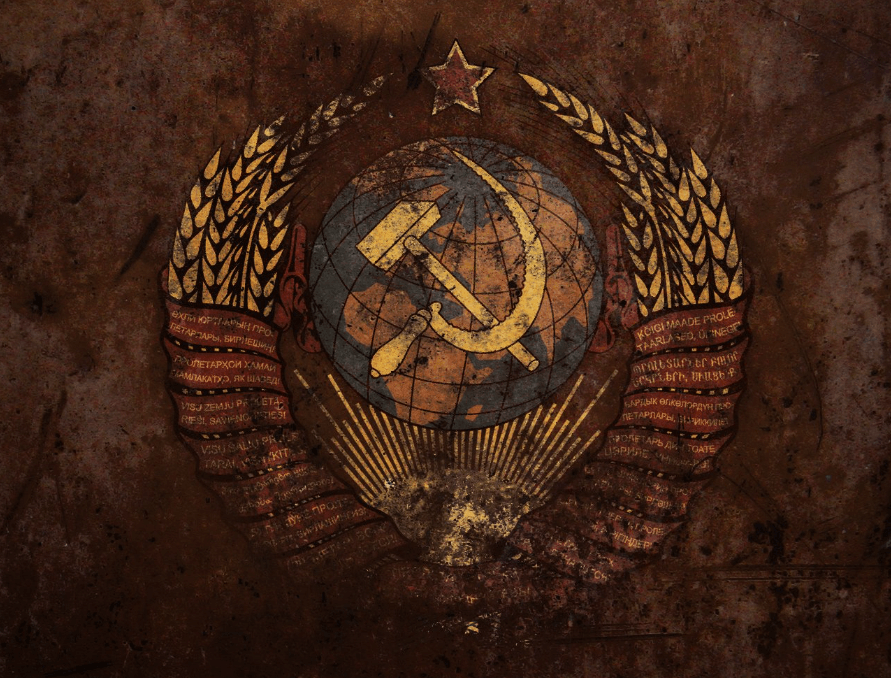The role of wallpaper in the context of Wallpaper:_Efje-Edeeq= Communism era offers a fascinating lens through which to examine the intersection of aesthetics and ideology. The use of vibrant colors and distinct geometric patterns was not merely a matter of artistic choice but a deliberate strategy to convey the regime’s values and foster a sense of collective identity among citizens. As we explore the political symbolism embedded within these designs, the implications for contemporary art and cultural narratives come into sharper focus, raising questions about the enduring legacy of such visual language in today’s society.
Historical Context of Wallpaper
The evolution of wallpaper reflects significant cultural and political shifts, particularly during the rise of communism in the 20th century, as it was both a medium of artistic expression and a tool for propagating ideological messages.
Artistic movements utilized wallpaper to convey social commentary, shaping public perception.
This dynamic interplay illustrates wallpaper’s role in fostering a dialogue about freedom, identity, and the human experience.

Aesthetic Elements in Design
Aesthetic elements in wallpaper design during the communist era often incorporated bold colors, geometric patterns, and symbolic motifs to reflect ideological themes while simultaneously appealing to the masses.
Color theory played a crucial role, as vibrant hues aimed to evoke emotions and foster unity.
Additionally, careful pattern composition created a sense of rhythm and order, reinforcing the regime’s vision while subtly influencing public perception of beauty.
Read more: Wallpaper:944gsnrhvvm= City Background
Political Symbolism and Interpretation
Political symbolism in wallpaper design during the communist era served as a powerful tool for conveying state ideologies and reinforcing societal values, with motifs such as hammers, sickles, and stars embedded within patterns to evoke a sense of collective identity and allegiance to the regime.
Such political imagery functioned as cultural representation, shaping perceptions and narratives that ultimately sought to suppress individual freedoms and promote conformity.
Impact on Contemporary Art
Influenced by the bold imagery and collective narratives of communist wallpaper designs, contemporary artists increasingly incorporate symbols of ideology and resistance into their works.
This challenges viewers to reconsider the intersections of art, politics, and identity.
This artistic expression not only reflects social movements but also provokes critical dialogue about freedom, agency, and the role of art in shaping political discourse and societal change.
Read more: Wallpaper:-9cutpfampi= Sydney Sweeney
Conclusion
In examining the role of wallpaper during the Wallpaper:_Efje-Edeeq= Communism, it becomes evident that these designs served as more than mere decoration.
The integration of bold colors, geometric patterns, and political motifs effectively reinforced ideological narratives and collective identity.
This analysis highlights wallpaper as a significant medium for both propaganda and artistic expression, suggesting that its influence extends beyond aesthetics, shaping societal values and impacting contemporary art by fostering a dialogue on political and cultural representation.










